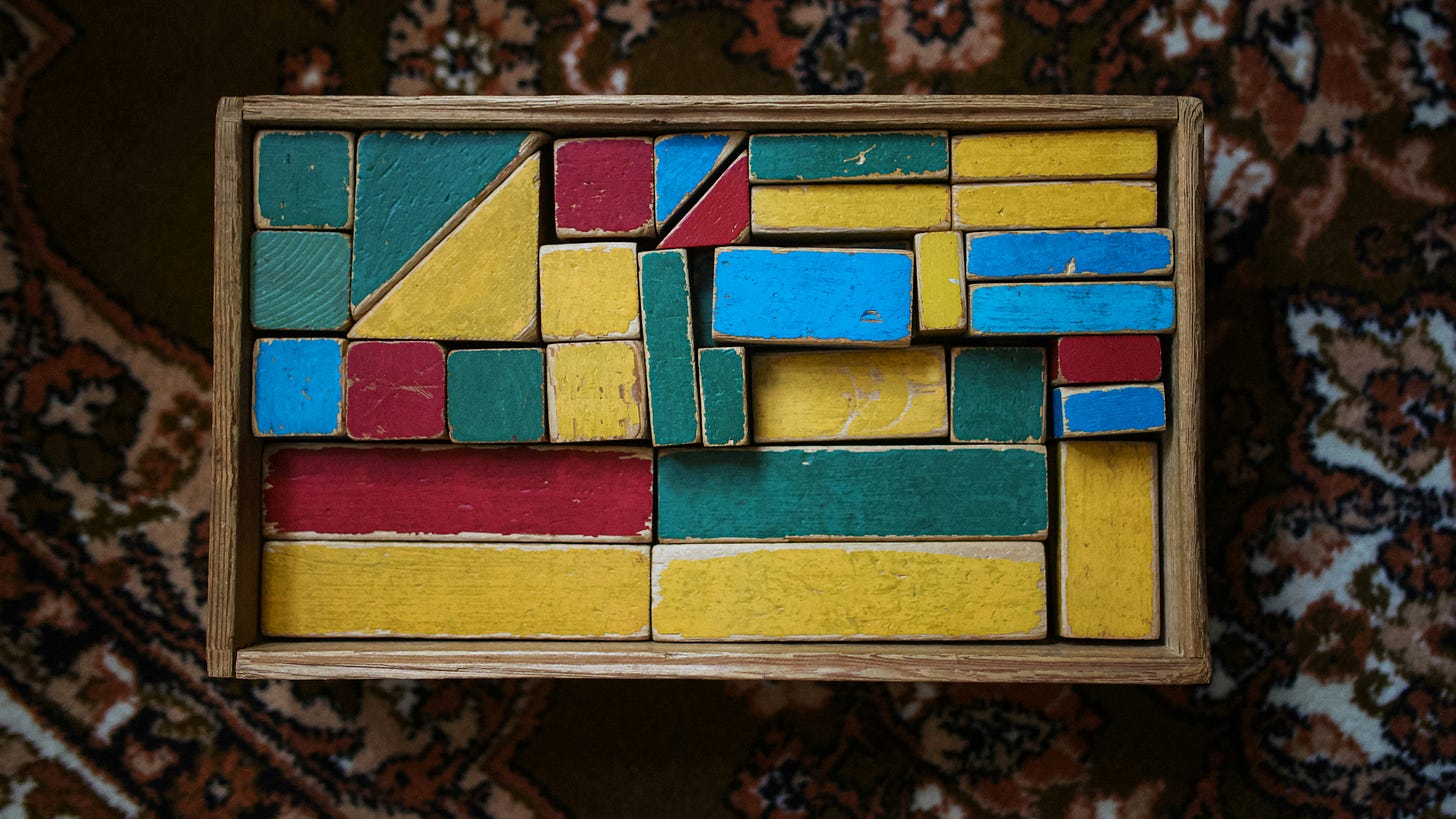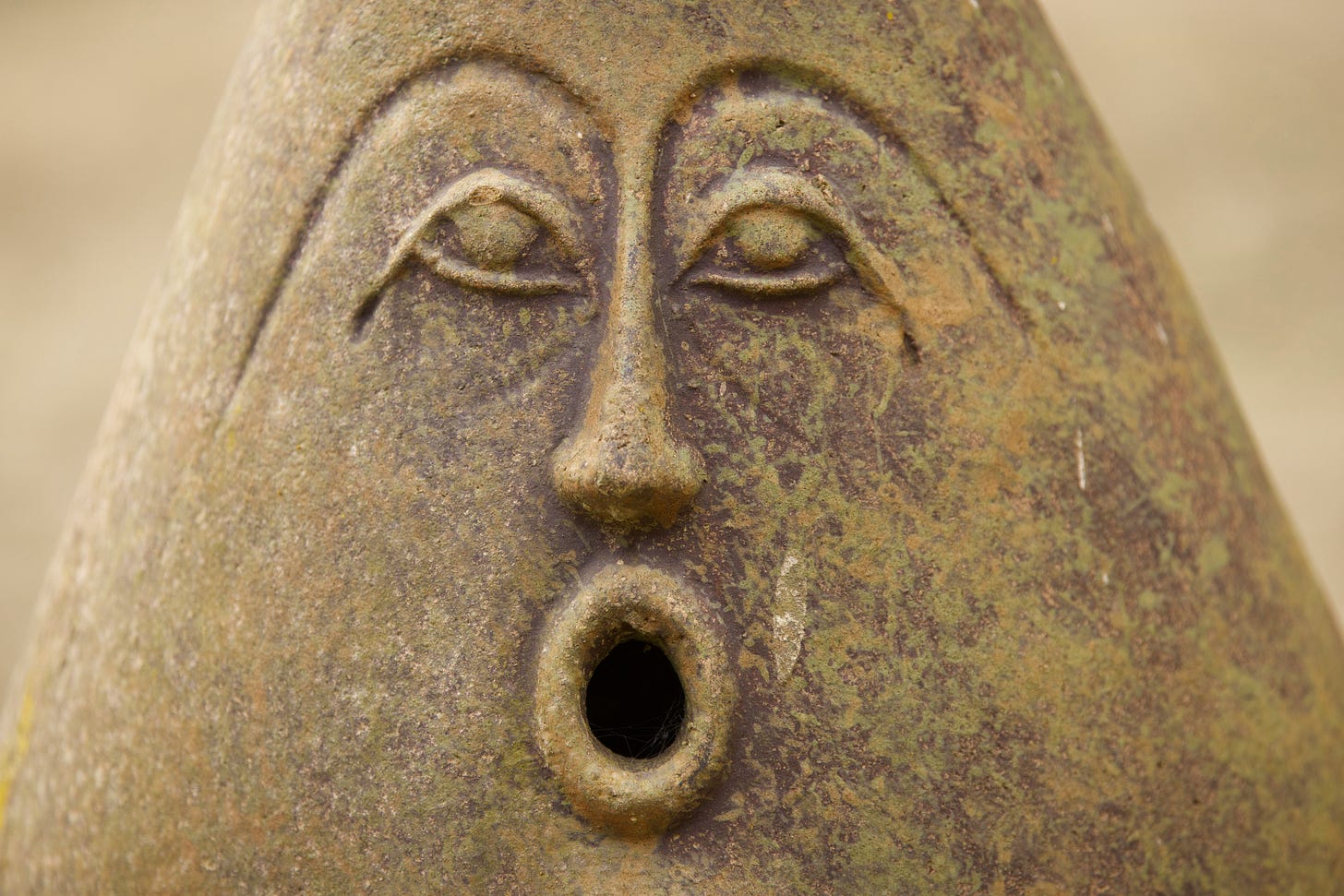This is what I have learned and appreciate about storytelling over the years: there’s no single “right way” to do it. Yes, there are fundamentals like grammar, punctuation, and certain structures that most people abide by, but storytelling is otherwise an infinite canvas of possibilities.
There are so many ways you can approach it, and nearly infinite ways you can tweak and adjust your style to make it your own.
In this article, I’ll break down the things I love about telling stories by showing you how I craft them. I’ll also cover some techniques and literary devices that I like to use in my work.
Hopefully by the end, you’ll find a few new things to try in your work!
It All Starts With an Idea…
Inspiration is one of those things that you can’t control. It will show up when it wants and how it wants. As a writer, your job is to be ready, like the literary equivalent of a doctor on call.
Now, for me, inspiration usually hits when I’m on a long drive, taking a shower, or doing the dishes. Sometimes, inspiration even strikes right as I’m about to fall asleep at night.
It happens when my mind is occupied, but not necessarily “busy” if that makes sense. There’s just enough mental capacity for my subconscious to have a conversation with my proverbial muse, and then BOOM! An idea hits me.
A lot of writers prepare for this by having a journal handy, or if you’re like me, you have a bunch of notes in your phone where you jot down new ideas as they come to you.
I recommend having some sort of way to record your ideas, even if it’s a literal recorder that you can speak into.
There’s nothing quite like that moment when inspiration sparks and a new story leaps into your mind. It’s the first step in any storytelling journey, but it’s always an exciting and invigorating moment.
Once I have an idea, though, the next step involves identifying the basic elements of the story. The forge is lit, so now it’s time to start smithing some words!
The 5 Building Blocks of a Story
If you recall, a while back I did an article on the 3 Types of Writers, which covered plotters, pantsers, and plantsers. Basically, are you someone who plans everything in advance, or do you sort of jump in feet first and figure it out as you go?
When I’m actually writing, I often find myself falling into the “pantser” category. I like to let the story flow in the moment for the most part. However! I tend to do a lot of mental planning and note taking beforehand.
Depending on the project, I’ll also do an outline, but the difference between an outline and my approach to storytelling, is that my approach is more focused on getting to know the story and its individual parts.
So, during this crucial planning phase, these are the things I’m thinking about:
1) Characters
The first thing I think about as I’m developing a new story are the characters. Who are the people (or creatures) involved in this tale? What do they care about? What drives them?
I don’t necessarily think about the characters in terms of roles like protagonist, antagonist, etc., but you could if that’s helpful to sort of figure out who’s who.
In a perfect world, I would sit down with each of the characters and have a conversation with them, but in lieu of that, I try to get in their heads to better understand the broader context of the story. Which brings me to my next element.
2) Context
Once I have an idea of who the story is about, the next thing I think about is the context of the world around them. I zoom out and start planning out the world it takes place in. What are the main settings of the story? How do they connect? What does each one mean to the characters?
Sometimes I’ll start by just imagining the broader world outside of the characters. I’ll spend some time thinking about what’s happened there, what will happen, and how people in that world conduct themselves during daily life.
Once I feel like I have an understanding of the world, I place the character back in it, and I start to think about what’s going to drive the story’s events.
3) Conflict
Alright, so now I know who the story is about and where it takes place. Next comes the chemical reaction. It’s time to add some conflict! What are the characters trying to accomplish? What’s stopping them from doing so?
If they’re trying to go somewhere, what obstacles will they face along the way? If they themselves are standing in the way of their own goals, how can they change and grow to ultimately get out of their own way?
Conflict can come in so many forms that it can be a little daunting to choose how it will manifest in your story. It’s one of those double-edged swords in storytelling.
What are the characters trying to accomplish? What’s stopping them from doing so?
You need it to give your story stakes and meaning, but that means that you’ll need to create both the problem and the solution. No pressure.
Again though, what I love about storytelling is the fact that you can approach this in nearly infinite ways. My advice?
Think about where your character is trying to go or what they’re trying to do, and then set up obstacles that create tension while also giving them a chance to grow as they overcome each one.
And just like that, you’ll have the intensity you need to keep the reader engaged, but you’ll also have the outline for a character arc as well!
4) Climax
Every story has that moment where everything you’ve been hinting at, everything you been building to, and everything that your characters have been working toward, reaches its apex.
This is the climax of the story. The peak of the proverbial mountain. The battle to end all battles (in some cases literally).
This crucial point looks different in every story, but it’s important to get right, which is why I like to try and either plan ahead or at the very least, imagine this big moment, before I actually write it.
Even if you’re not someone who does outlines, even the most devoted pantsers take notes. When you’re developing your next story, try taking down some notes about this pivotal moment, just so you can see how it sounds on paper.
It will ensure that you have everything you need for the final ingredient of your story, which of course, is the ending.
5) Closure
Endings are one of those things that have always been difficult for me. I love writing cliffhangers because I feel like they let me off the hook, at least for a little while. It allows me to leave the reader shocked, but it doesn’t require me to wrap up everything in a bow.
Now, of course, leaving a story on a cliffhanger and never coming back to finish it in a sequel or a part two is not very nice.
Even stories with abrupt endings should have a satisfying conclusion, but the definition of a “satisfying” ending can differ from writer to writer.
The art of storytelling is subjective, after all! Since endings can be one of the more difficult aspects of a story for me, I’ll often try to get an idea of this as early on as possible. I also try not to drag out my endings with a lot of fluff.
I try to imagine a good stopping point in the form of a final line of dialogue or a sentence of narration that acts as a nice final thought.
That’s just my approach, though. So long as you bring the story to a logical conclusion (with as much or as little explanation as you’d like), then your ending is good to go.
The Modern Writer’s Toolbelt
Beyond the building blocks of a story, writers also have a wide range of tools available to them in the form of literary devices. There are a lot of these, and if you don’t believe me, check that link from the last sentence.
Literary devices are techniques that can be employed to give your story a unique edge. Think of them like tools in a toolbox. Each one accomplishes something different, but they can all be used to create a work of art.
These also don’t have to be something you actively think about as you’re writing, but they can be used to inspire ideas. Most writers aren’t going to think to themselves “ah yes, a metaphor would do nicely here!”
No, they’re just going to write, and the metaphor will find its way into the writing. The same goes for other devices like foreshadowing, red herrings, and others.
Literary devices are techniques that can be employed to give your story a unique edge.
When I’m actually writing, I often describe it as similar to recalling a memory. I treat myself as an observer, and I’m just writing what I see.
This varies slightly based on whether I’m writing in the first or third person, but in either case, the sensation that I’m trying to recall a memory is the same.
So, my advice here is to check out some common literary devices and just read examples of them to inspire your own work. Don’t stress yourself out trying to use a certain number of them or a certain type.
Instead, familiarize yourself with them as a way to expand your storytelling toolbelt. You’ll absorb the information and your writer's brain will employ them as it sees fit, no need to stress it.
Establishing Style and Voice
Another important element of storytelling, and one of my favorite aspects of it, is the way writers all have a distinct style and voice. Finding your writing voice is an incredibly important step on any writer’s journey.
One thing you shouldn’t do is try to force yourself to write like someone else, or seek to “emulate” another author’s voice. You may think that their voice is the secret to their success, but the truth is their success came from them developing their own unique voice.
What makes one piece of writing stand out from another is the fact that every story sounds different based on who wrote it.
That’s the reason why a specific concept or premise can be done over and over without it feeling like it’s the same. It’s because every writer brings something unique to the table through their style and voice.
One thing you shouldn’t do is try to force yourself to write like someone else, or seek to “emulate” another author’s voice.
If I asked five writers to create a short story about a monster, I would get five very different stories starring what I imagine would be five very different monsters. They all started from the same seed, but what grows from that is unique.
So don’t be afraid to embrace what makes your writing unique. Whether it’s a genre mash-up, unique word choice, a lyrical flow to your prose, or something else entirely. Lean into your own style and let that shine through in your stories.
That’s what will make you successful in the long run, and for me, discovering new writers and their unique voices is one of my favorite parts about being a storyteller and reading other storyteller’s works.
Time to Write!
Alright, that’s enough of me waxing poetic about the art of crafting stories. It’s time to get back to what we do best! Keep in mind that this is just my approach.
It’s not right and it’s not wrong either. It’s simply how I choose to craft stories, and it works for me.
Find out what works for you by experimenting and allowing yourself to try new things. Try my approach, or just use pieces of it, but whatever you do, keep telling your stories. They deserve to exist, and your voice deserves to be heard.
Tell me how you approach storytelling in the comments!
Thanks for Reading! Here’s Your Musical Pairing
Listen to this after reading, like pairing a glass of wine with dinner.









I have so much to say/contribute to this, and… maybe I’ll just save it for my own half-finished pieces on process. We have our parallels and contradictions, and I love studying and learning from both.
What I also love, Bradley, is the note you left leading me here. I am always { Becoming }, and the wisdoms you impart, the sharing you do… it’s unique and deeply valued. Thank you. 🤍🔥
This is a fabulous intro to the craft Bradley. Sometimes tips and advice can be so overwhelming the writer doesn’t know exactly where to start. As a journalist and storyteller I find stories through presence. I enter a room attuned to the possibility of a story emerging. So for me awareness is key.